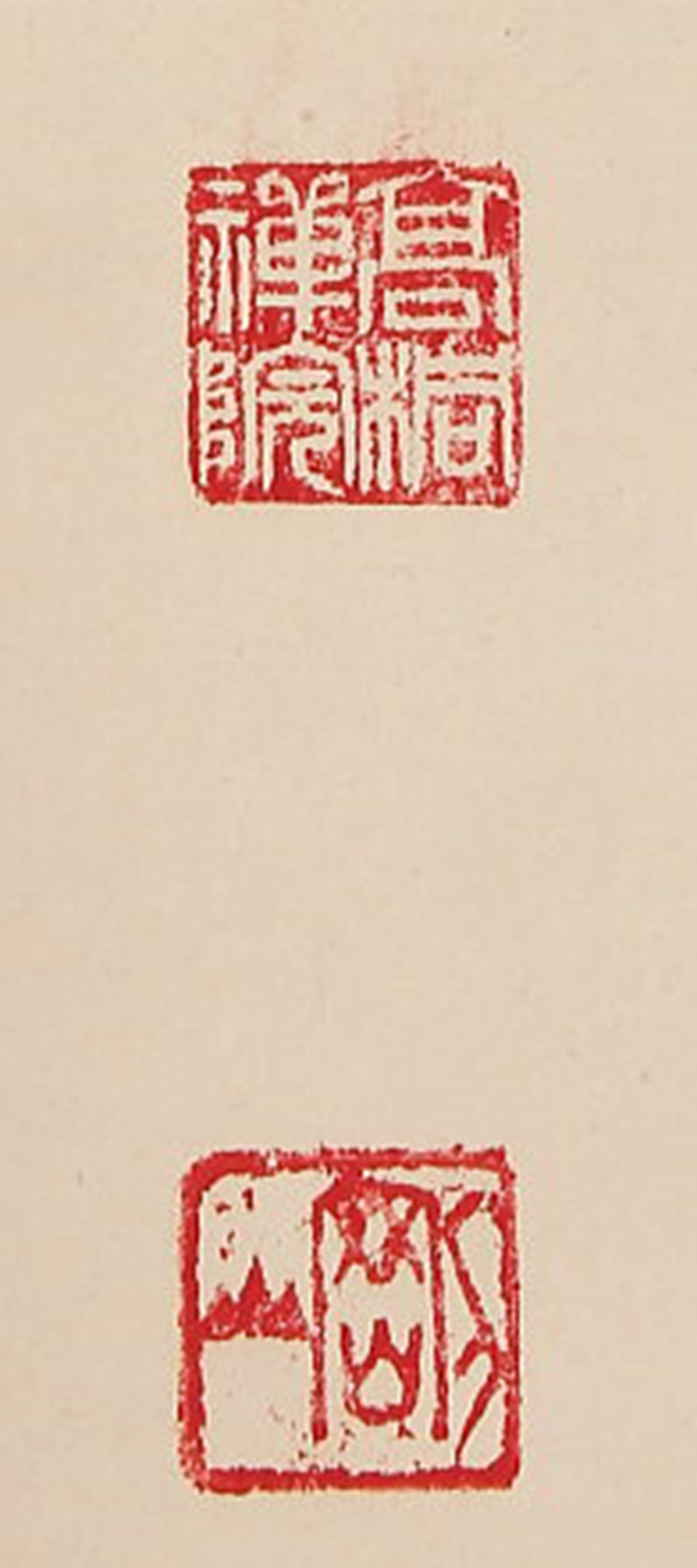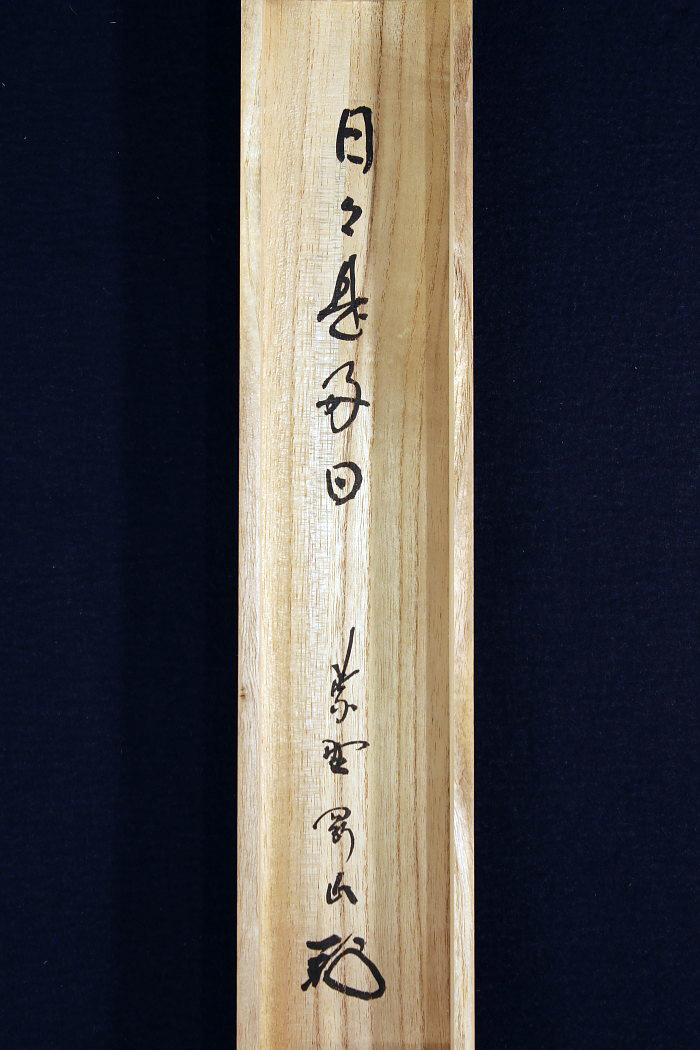Gōzan Sōchū 剛山宗忠, 1943-
Gōzan Sōchū was born at Nose city of Osaka and ordained by Matsunaga Gensyo in 1950 at Chosan-ji temple. Later, he practiced Zen under the supervision of Takeda Ekishu at Kenin-ji temple, Kyoto. In 1971, he became the chief priest of Koto-in, a sub-temple of Daitoku-ji temple. He concurrently serves as the chief priest of Ryuo-ji temple of Ueno city, Mie prefecture. He is a member of the committee for compilation of Zen lecture transcripts in Daitoku-ji temple, the 13th head of the Arisugawa group of Hisada-school Tea Ceremony, and the advisor of Hosokawa Sansai-school Tea Ceremony.

Creator.Personal Name: Gōzan Sōchū, 1943-
Creator.Role: calligrapher
Title: 日々是好日
Description: hanging scroll; ink on paper; cursive script kanji; signed by the artist; three artist's seals; with signed tomobako.
Type: Calligraphy—Japanese.
Type: Scroll (Visual work)—Japanese.
Culture: Japanese.
Style.Period: Modern.
Technique: painting.
Material.Medium: ink.
Material.Support: paper.
Measurements: 73.3 x 12 in.
Location.Current Repository: private collection, C. J. Campbell (Chicago, Ill.)
Rights: C. J. Campbell.
Record Type: work.
This phrase is recorded in a famous text, Piyenlu (Hekiganroku, The Blue Cliff Record, a collection of Zen Buddhist Koans, or a question for Zen meditation, compiled in China during the Song Dynasty). One day, a Zen priest, Unmon Bunen (864-949) asked his pupils what their state of mind would be like 15 days later. While nobody could respond, he spoke up by himself 日々是好日 . It literally means "everyday is good day". But more profoundly, it implies you have to give attention to every one moment to the utmost, because all is vanity. Not only enjoying calm and peaceful days, but you have to accept even disastrous days which you face and to appreciate them as a gift.


